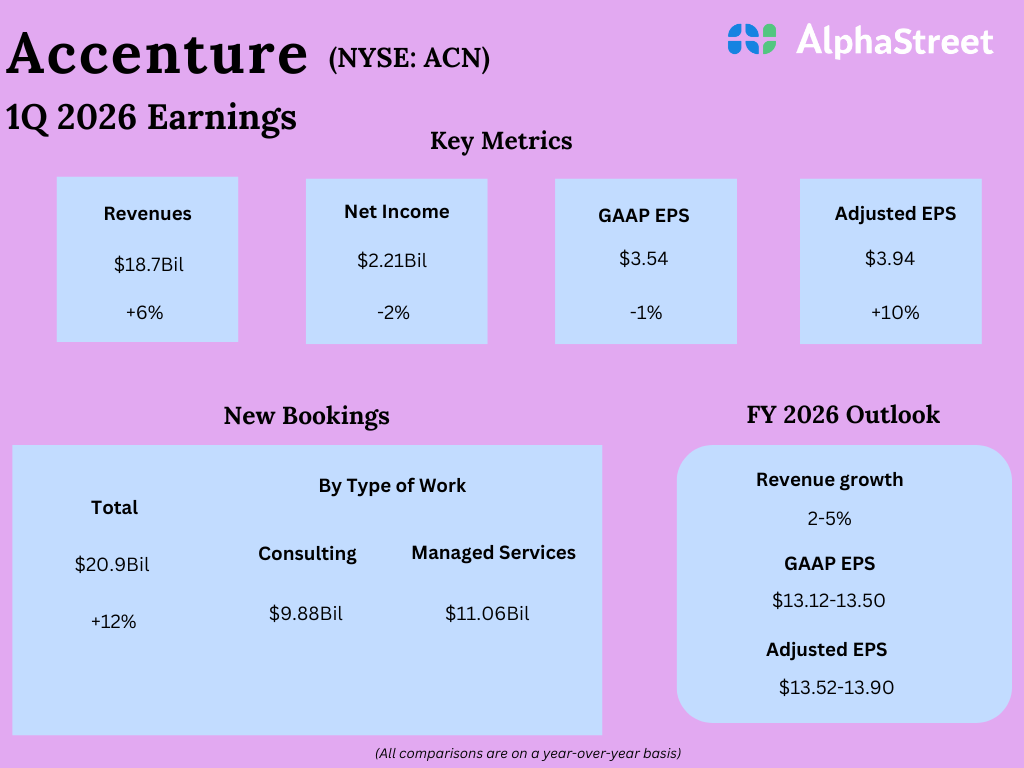Gen Z knows this feeling all too well. From chronic struggles with burnout to a pragmatic, even skeptical take on how to lead their careers, the generation that entered the workforce during the age of quiet quitting has come to exemplify the quarter-life crisis. But what if this is the new norm, and the midlife crisis is going extinct the way other trappings of the 20th century have, like dial-up internet and Kodak film? What if Gen Z has giant, macroeconomically valid reasons for being plunged into a collective quarter-life crisis?
A provocative working paper from the National Bureau of Economic Research has discovered exactly that: Young people are now experiencing much higher levels of “despair” than those in midlife and older age, reversing the longstanding generational pattern of a “hump-shaped” relationship between mental despair and age. To sum: Way back when, you were supposed to be full of despair in middle age, not in adolescence or early adulthood. Economists David Blanchflower of Dartmouth College and the University of Glasgow, and Alex Bryson of University College London, are unequivocal: This is nothing less than the “disappearance” of the traditional midlife crisis.
Instead, they found the quarter-life crisis is very real, and Gen Z is struggling by historical standards (although they do not use the term “quarter-life crisis”). The decline in mental health among young people, they write, is “particularly evident for young people ages 12-25, and especially young women.” What’s more—and what sets Blanchflower and Bryson’s research apart from so much other relevant work in this area—is it’s the first study to directly link youth despair to what’s happening in the labor market. Bryson noted that it’s just been put out as a discussion paper and is yet to be peer-reviewed.
When reached for comment by Fortune, Blanchflower described being “freaked” out by what his research is showing: “Suddenly young workers look to be in big trouble.” The economist admits he had “never really heard the phrase” quarter-life crisis before, but he “might well have used it” if he had. Still, he was forthright. “Now, both absolutely and relatively, the young are worse off … [it used to be] true that your happiness was going to decline in midlife, but that’s all changed.”
In a separate interview, Bryson agreed the findings do support a quarter-life-crisis thesis in the sense that big issues are facing young people. He cited a speculative but striking quote from their research about how “things have moved against people at that time in their lives, when they’re looking to build careers and move on and acquire property and all the things … the ladder-type things.”
“Moving on up the ladder, it feels as if, perhaps, for some of them, somebody’s removed some of the rungs on that ladder.” Bryson added that he has not seen research directly supportive of this sentiment.
Bryson said they’ve found “workers are always more mentally healthy than non-workers … But there’s a big change in what’s going on for young people. They’re getting worse relative to the non-workers, amongst the young only.” He clarified that they’ve found this isn’t happening to people over 40 years old, “but it is happening if you’re below 40 years of age, and it’s increasingly so amongst the very young, those under 25.”
Blanchflower and Bryson’s cite Jean Twenge‘s research that “the work ethic itself among the young has plummeted,” along with Anne Case and Angus Deaton’s “Deaths of Despair,” both influential findings of a well-being crisis in the 21st century. In interviews with Fortune, both Blanchflower and Bryson also cited the work of Jonathan Haidt, who has argued for a link between smartphone addiction and youth depression, while Blanchflower also cited Harvard professor Robert Putnam and his famous observation at the turn of the century that Americans were increasingly “bowling alone.”
Blanchflower said he’s been talking to Putnam about how the problem of social isolation, first identified in 2000, is getting worse. “The answer is people aren’t bowling at all. They’re not going to the swimming pool. They’re not dating. They’re not having sex. They’re not doing things … The horse is bolted.” Blanchflower urged people to pay attention to what’s happening: “I think the potential consequences of this are huge, long-lasting and global.”
Getting over the hump
Historically, mental despair in the US—typically characterized by symptoms of depression, persistent sadness or hopelessness, and general psychological distress—followed a “hump-shaped” curve: it increased through early adulthood, peaked in middle age, and then declined in later years. But Blanchflower and Bryson’s research, titled “Rising Young Worker Despair in the United States,” finds that this pattern has fundamentally changed since the 1990s. “Now the function slopes down,” Blanchflower told Fortune, “so despair declines in age.”
Drawing on an extensive range of nationally representative data sources—including the Behavioral Risk Factor Surveillance System (BRFSS, 1993-2023), the National Survey on Drug Use and Health (NSDUH, 2008-2023), as well as multiple large national surveys—the researchers document a dramatic rise in despair among young people who are active in the labor force. This means in general, the younger the worker, the higher their level of reported mental distress, with despair now declining steadily with age instead of peaking in midlife.
Blanchflower said he was particularly struck by this finding because as recently as 2021, he wrote a paper describing the midlife crisis hump-shaping as “one of the most important patterns in the world, in social science, and it’s like, well, until it isn’t.”
While young workers face a rising tide of distress, the original midlife “hump” of despair persists only among Americans who are unemployed or unable to work, and remains flat for homemakers, students, and retirees, according to the NBER paper. This points to a crisis concentrated among the young and employed—not a general trend affecting all cohorts equally.
“The reason that mental despair now declines in age is because of the recent decline in the mental health of workers under the age of 40 and especially those under 25,” they write. The rise is seen across different datasets and demographic groups, but is especially pronounced among women and those with jobs, rather than unemployed or economically inactive individuals.
The ghosts of the Great Recession?
Although the paper primarily establishes the existence and scale of the shift, rather than pinning down exact causes, it points to wider social and economic factors that may be contributing: rising job insecurity, diminished worker control and autonomy, rapid technological change and close digital monitoring in the workplace, stagnating wages relative to living costs, and the weakening of collective bargaining power. The loss of traditional expectations around steady employment and the rise of “gig” economy precarity may also leave younger workers feeling especially vulnerable—despairing, really.
Bryson told Fortune that, although “some people don’t agree,” their research suggests this rise in young worker despair began “some time not long after the Great Recession,” specifically the years between 2012 and 2014. Critics say the decreasing stigma around discussing mental health has led to elevated findings of despair in survey data, but Blanchflower and Bryson cite hard data around rising rates of suicide, hospitalization for eating disorders, rising obesity, and social withdrawal as strong evidence of genuine despair among young people. “There are behaviors to support the underlying proposition that the mental health of the young has been declining,” Bryson said.
When asked about similarities to the concept of labor-market hysteresis, introduced by Olivier Blanchard and Larry Summers in a groundbreaking 1986 paper, Bryson agreed, saying he’s also used that phrase. Among other things, Blanchard and Summers argued “permanent scars” can result from unemployment, particularly in the wake of recessions. Bryson added that he’s become intrigued with other “scarring effects associated with subjective well-being,” say from being born into a recession, or having parents who were born into a recession. (Adam Posen, President of the Peterson Institute for International Economics, recently noted on Bloomberg’s Odd Lots podcast that despite extensive attention paid to hysteresis and labor-market scarring, many economists looked for it in the data after the Great Recession and were unable to find it.)
Bank of America Global Research regularly looks at trends in unemployment, including for young workers. A recent analysis of U.S. Census Bureau data shows the unemployment rate is always higher for young workers, but more tellingly, since 2022 the rate for recent graduates has risen above the overall unemployment rate. The Bank of America Institute offered a more comprehensive view of the situation for young workers: “some 289 million young people globally are neither gaining professional experience through a job nor developing skills by participating in an educational or vocational program, limiting economic gains.”
Bank of America Global Research
Subsequently, a first-of-its-kind study by Stanford, led by cutting-edge AI researcher Erik Brynjolfsson, has found that since late 2022, fewer young people are being hired into occupations that are heavily exposed to automation by AI. There is also corroborating evidence from the Society for Human Resource Management (SHRM), which conducts an annual mental health survey. Jim Link, chief human resources officer for SHRM, told Fortune in an interview that they don’t frame this issue as “worker despair” but rather “well-being at work.” Their survey finds that essentially 67% of workers reported worse well-being than before the pandemic for every year except 2021, when “vaccine joy” was a one-off booster. And “if you were a young person,” Link added, “your scores were worse.”
The hump shape becomes a check mark
Blanchflower described how, even though he’s been studying this topic for years, he hadn’t previously spotted this pattern stretching back to the 1990s because the data was patchy; besides, he had assumed it was a pandemic-related phenomenon. But after reading an interview with Jean Twenge, he went back and “started to look at the data. And I went, ‘Oh, good lord’ … It was clear that it had started before 2020 and that Covid obviously made it worse, but I think people hadn’t recognized it.”
This led to a 2024 NBER paper with Bryson and Xiaowei Xu of the University of Pennsylvania, when they first contrasted the more traditional “hump shape” of the established midlife crisis with the post-2019 surge in youth despair. The chart doesn’t look like a hump anymore, but more like an upside-down check mark, peaking on the left side and going down and to the right. His U.S. chart specifically, he said, prompted a phone call from the United Nations, which would later engage him to work on studying the despair issue globally.

The supporting evidence in the UK was also stark. Blanchflower said it took time for different disciplines to get their data to be consistent, as medical professionals have tended to describe the issue in terms of “mental health” whereas economists have tended to use “happiness,” but “it was always clear in the unhappiness data.” It really locked in for him when they asked the right question: “Over the last 30 days, how many of those were bad mental health days?” The chart that resulted “made me fall over,” Blanchflower said.

Bryson said economists are trained to think of job quality in terms of the pecuniary rewards from work (money and non-monetary financial benefits), whereas psychologists, and a growing number of behavioral economists, point to “the value of work,” or something that is not only estimated in terms of economic benefits. In conversation with Fortune, he referenced Abraham Maslow, famous for his “hierarchy of needs” and how “people’s well-being is very strongly linked to self-actualization, the ability to pursue goals that make them who they are. And for lots of us in our societies, that’s really about work.” Bryson said it’s “conceivable” that the declining quality of jobs for the young is particularly impacting their well-being, adding he considers this to be speculative, absent further research.
Curiously, the authors note the declining mental health of young workers is not driven by a decline in wages, as the ratio of the youth wage to older workers has increased; real wages have also been on the rise. But other costs have added to despair: the relative prices of housing, healthcare, and student debt have risen. Meanwhile, health has worsened, with increases measured in both social isolation and obesity. Youth suicide rates are rising. These factors coincide with a worsening of reported mental health across major survey instruments since the mid-2010s. Blanchflower told Fortune that, once you rule out dissatisfaction with wages or unemployment, it adds up to a conclusion that young workers are basically saying “this job sucks.”
The NBER study sends a strong message, and it’s one the UN is taking seriously: The world’s young workers are in crisis, and the shift in despair from midlife to youth represents both a public health and an economic emergency. Blanchflower confirmed that Dartmouth and the UN are co-hosting a symposium in New Hampshire in late October, with guests including Jonathan Haidt and Robert Putnam.
Bryson offered Fortune another speculative observation: that young people are full of skepticism, much of it justified, about their career prospects. “There’s something special about this moment … At the moment, there are a bunch of things that young people in particular are being hit with, and it means that they can’t be as certain as previous generations.”























